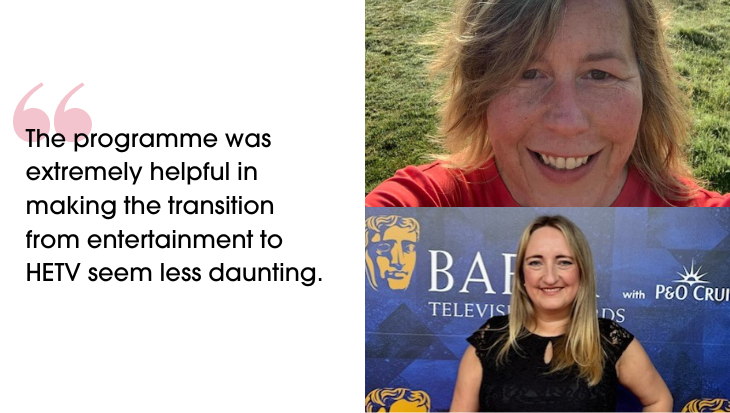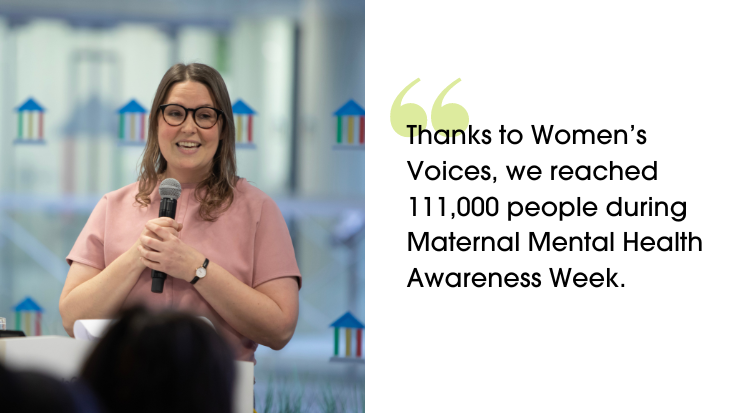Volunteering really does make you feel good – it creates good vibes and a good mood to know you’re helping other people. During my career I’ve had wise, patient and kind mentors who have shared their perspectives and experiences to help me progress my career, so I’d like to pass on my good fortune to others.
I really enjoy volunteering with Media Trust to support charities improve their marketing, media, and communications. In fact, I like to think of myself as a cheerleader, giving encouraging words and practical guidance. This includes sharing ideas about communications strategies, planning, social media, and digital marketing techniques. It’s great to see when those I’m supporting have a ‘lightbulb’ moment to understand something complicated, and it’s a pleasure to be part of that journey.
My time mentoring different social action organisations and charities has taught me these main things:
1. It’s important to understand the charity’s aims and objectives
You may only have a few hours, a limited budget and a small team but work with what you have. Ask yourself ‘what are you trying to achieve?’ Objectives are measurable goals that outline the end results you want, giving you a chance to achieve them. For example, if you want to increase brand awareness, you could decide to target a new audience. For this objective, you could measure success by the number of impressions or engagements on social media, or by comparing brand awareness before and after the campaign. Make a plan and decide how you want to deliver it.
2. Understand who the charity are trying to reach
What do you know about the charity’s users or audiences? Age, gender, occupation, education, and income are some of the key indicators to learn more about your target market – what they like and dislike. Watch and listen, even create focus groups and surveys to help you understand more. Once you have a profile of their ideal person, you’ll understand what information is needed. Think of creative ways to share information that is useful and engaging.
3. What content and platforms will the charity use?
What will they share and where will they share it? It’s important to spend time planning and considering the charity’s content so you know what you want to say. Then, they can decide where you want to say it. Perhaps they want to launch your presence on new platforms or post more content to existing channels to provoke conversations and interaction. Keep it simple, concise, and visually appealing so you can catch people’s attention.



